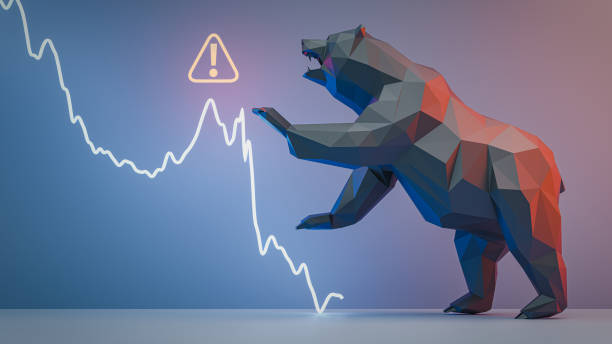Everyone’s a genius in a bull market. When prices are climbing, even the loosest strategies seem to work. But when the momentum fades and the market turns cold, most people are left scrambling. Suddenly, that plan that worked so well a few months ago starts to look like wishful thinking. Sound familiar?
The issue isn’t just the downturn — it’s the kind of strategy that only thrives in good times. If you’re glued to the charts every morning and feeling discouraged by the current btc price, it might be time to rethink how you approach crypto altogether.
Let’s break down why most strategies collapse in bear markets — and what to do differently.
Bull Market Confidence Is Not a Strategy
One of the biggest traps traders fall into is mistaking luck for skill. During a bull market, just buying and holding almost anything can lead to gains. Timing doesn’t need to be perfect. Risk management feels less important. And when everything’s going up, it’s easy to ignore the fundamentals.
But bull markets are short chapters in a longer book. If your approach only works when everything is green, it’s not really a strategy — it’s momentum surfing.
Bear Markets Expose Weak Foundations
When prices drop, so does investor confidence. This is when real strategies are put to the test. Without a clear plan, emotions take over. People panic-sell near the bottom, FOMO back in after a small bounce, and repeat the cycle — losing more each time.
Ask yourself:
- Do I have defined entry and exit rules?
- Am I using stop-losses or just hoping for a rebound?
- Is my portfolio too heavily weighted in speculative coins?
If you don’t know the answer to those questions, your strategy likely isn’t built to survive a downturn.
The Myth of “Set and Forget”
“Just HODL” is a popular mindset in the crypto community — and in some cases, it works. But it assumes the assets you’re holding have long-term value. Many coins that pumped in the last cycle are now barely traded or dead altogether.
Blindly holding without reassessing your portfolio is risky. Bear markets are the time to trim weak positions, rebalance, and think long term — not just wait and hope.
The Danger of Overexposure
If your entire investment portfolio is in crypto, a bear market can feel like a financial crisis. Diversification isn’t about being cautious — it’s about being realistic.
Even within crypto, it’s important to:
- Hold a mix of high-cap, stable, and emerging assets
- Keep a percentage in stablecoins or cash
- Limit your exposure to new or unproven tokens
Having some dry powder (cash or stable assets) means you can take advantage of dips — not just survive them.
Emotional Trading Will Wreck You
Bear markets are full of fear. You’ll see headlines claiming “Crypto is dead” or “This is the end of Bitcoin.” The emotional rollercoaster can cause even smart investors to make poor decisions.
If you find yourself:
- Checking prices compulsively
- Making trades based on social media hype
- Feeling panic every time the market dips
…it’s time to step back. The most successful investors don’t chase pumps or sell in fear. They follow a system.
Use the Bear to Get Better
The quiet of a bear market can be a gift — if you use it wisely. Without the frenzy of daily price spikes, you have time to:
- Study fundamentals and improve your technical analysis
- Research projects before investing
- Backtest and refine your strategy
- Develop a plan you’ll actually follow next time the market heats up
Every down cycle has eventually given way to a new wave of opportunity. The question is whether you’ll be ready for it — or still recovering from the last one.
Your Strategy Should Work in Every Cycle
At its core, a good crypto strategy isn’t about chasing returns. It’s about managing risk, staying grounded, and making decisions that align with your goals — not your emotions.
So next time the market tanks and you feel like you’ve lost your edge, don’t blame the market. Use it as a mirror. A bear market doesn’t break a strong strategy — it reveals a weak one.
Build something better now, and you won’t just survive the downturn — you’ll come out stronger on the other side.

